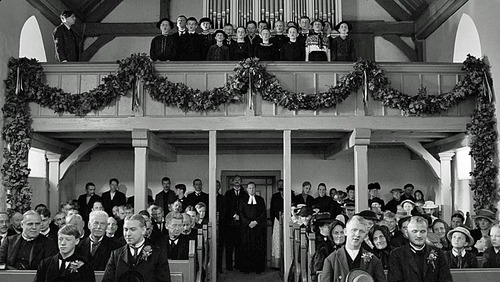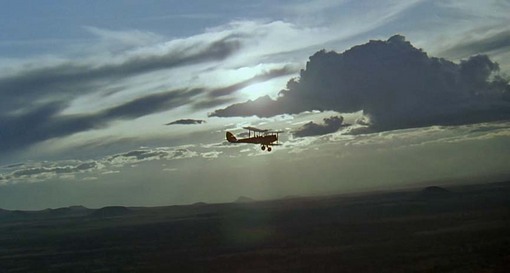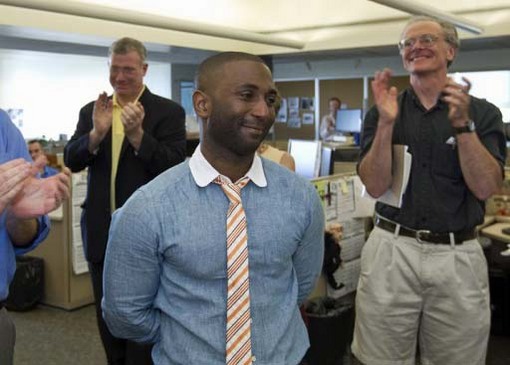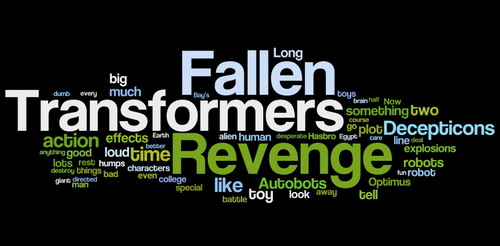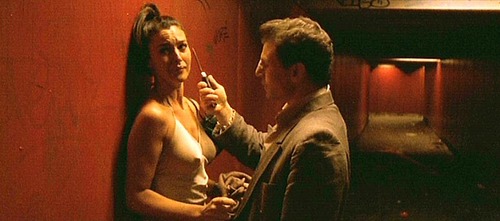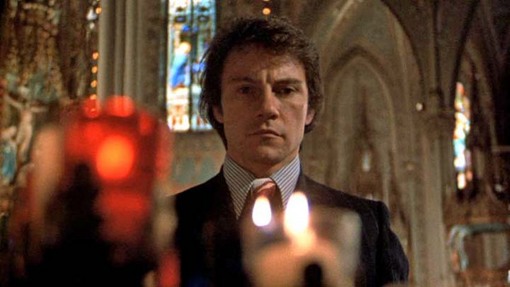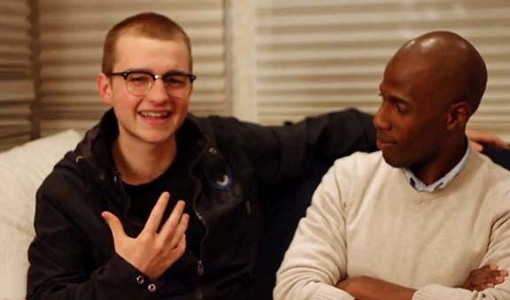Fear of fauna: Of horses & men & ZOO
View image From the poster for “Zoo.”
“Zoo,” tagged unfairly at the 2007 Sundance Film Festival as “the horse-f—ing movie,” is pure artsploitation. Although labeled a “documentary” by some, it’s really more of a pristine horror-fantasy about sex — that doesn’t quite have the nerve to face the sex or the horror, and only barely scratches the surface of the fantasy. It starts off almost as if it could become a Val Lewton movie (“Cat People”), but keeps at a distance. Its shadows are viewed as atmospheric effects rather than dark, unknown regions in which a body could get lost. Warily, the movie circles the sexuality of its subjects as if terrified of getting its hands (or whatever) dirty.
It’s based on the Enumclaw Horse Case. In 2005, a man in Washington State died from “acute peritonitis,” internal wounds from having intercourse with an Arabian stallion on a farm where social-sexual gatherings were sometimes held for such purposes.
“Zoo” exploits this sensational, scandalous death with ravishing visuals and an ominous score (like Michael Nyman’s work with Peter Greenaway, minus the wit), but steers away from close examination of the physical, emotional, sexual, political, ethical or spiritual ramifications of zoophilia — the movie’s Love That Dare Not Speak Its Name. The name is spoken, of course, but apart from a few brief, provocative voiceover comments about animal “consent,” or humans who really love their animals wanting to take that love further, to fuse with (or become) other mammals, “Zoo” contemplates man and beast from a cool remove. It’s all nicely theoretical and abstract. And yet we can’t honestly grapple with the implications (moral or otherwise) of what zoophiles do if we avoid confronting what they do, to and with the animals. I expected a little more raw emotion — or, at least, passion — here.
No doubt the movie’s reticence comes in part because the three zoophiles who allowed their voice interviews to be used in the film are understandably hesitant to discuss their sexual activities and what drives them — perhaps especially now that bestiality has been officially outlawed in Washington. “Zoo” could have gained some credibility from a little honest (or even dishonest) eye contact, but almost all interviews take place off-camera, including those with people who were not involved in the case, and not at all in the practice of inter-species sex.

